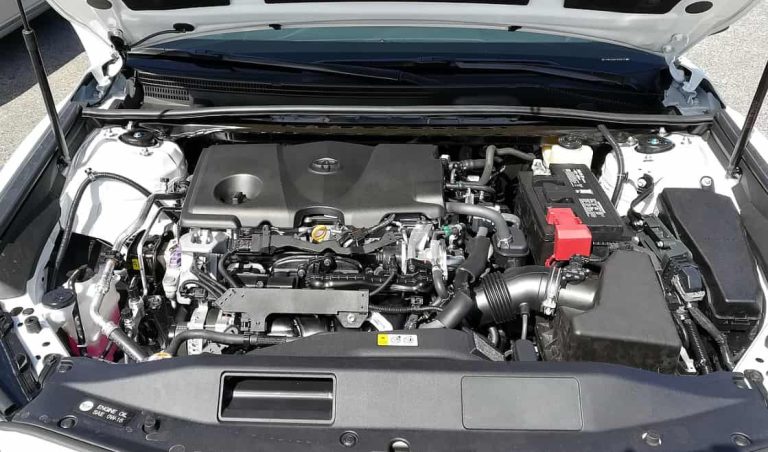Are there Toyota Dynamic force engine problems?
You may have been thinking about this type of engine and whether it is worth the investment. When it comes to functionality and performance, it is definitely one of the best there are. However, it is not without any issues.
We will break down with you the common concerns about the Toyota Dynamic force engine, in addition to some of its selling points. Let’s get started.

Toyota Dynamic Force Engine
For the most part, the Toyota dynamic force engine is designed for optimum reliability and cost-effectiveness. It is easy to repair the parts, while at the same time without causing a huge dent on your pocket.
The dynamic force engine is intended to provide an improvement to thermal efficiency. What this means is that the combustion engine is capable of burning fuel in relation to how much energy gets converted into mechanical form of energy.
To achieve this thermal efficiency improvement, there have been certain modifications made by Toyota to enhance this feature. These help to make the combustion process much faster and more efficient.
The modifications made to the modern version of the dynamic force engine include the following:
- Optimized the stroke to bore ratio, which was achieved by narrowing the cylinders and making the stroke longer
- Enhancing the airflow tumble to the cylinders by keeping the angle between the exhaust and intake valves wider. This also improves the mixing of oxygen and fuel for a much better combustion
- Improved thermal management through a variable control cooling system. This supports an optimized combustion with as very minimal lost energy as possible.
Toyota Dynamic Force Engine Problems
While there may be some positives about the Toyota dynamic force engine, there are some people who are wary about its performance. There is more horsepower and more torque as the thermal efficiency has increased. Yet, there are some concerns that people have about it.
For example, a minimal length added to the stroke and a valve angle made slightly less narrow is not meant to make thermal efficiency more pronounced. Over time, these mild changes cannot possibly produce a very significant effect on the performance of the engine in terms of thermal efficiency.
Moreover, the compression of 13:1 and 14:1 is quite high for an engine that typically runs on 87-octane fuel.
There are also some concerns about how much heat rejection actually takes place, considering the minimal surface area. It is most certainly more complicated than simply improving the valve angle. By simply decreasing the combustion heat levels within cylinders, this will lead to a loss of coolant and will require higher operating temperatures. This is where your variable thermostat enters.
Additionally, certain issues are expected with the rotary. For example, a higher surface to volume ratio would lead to more heat loss than ever. It also gets even worse with an increase in compression.
The engine also acts much like a larger bore and with a short stroke engine, this is not an ideal combination. The combustion chamber shape is also undesirable and tends to vary – similar to the effect of an increase in the compression levels.
And then, there is the issue with the valve timing that cannot be varied. The rotor only tends to uncover your ports. Therefore, expansion is not likely to be over by the time your rotor has uncovered your exhaust port. Sealing can even be a problem.
Read More: What Is Toyota Dynamic Navigation Cost 2021? Updated Info
Conclusion
These are just some of the many Toyota dynamic force engine problems to keep in mind. While they may not seem as much for others, they can indeed be a concern for most people. So, it is good to weigh the pros and cons of this engine before investing your time and money in it.

